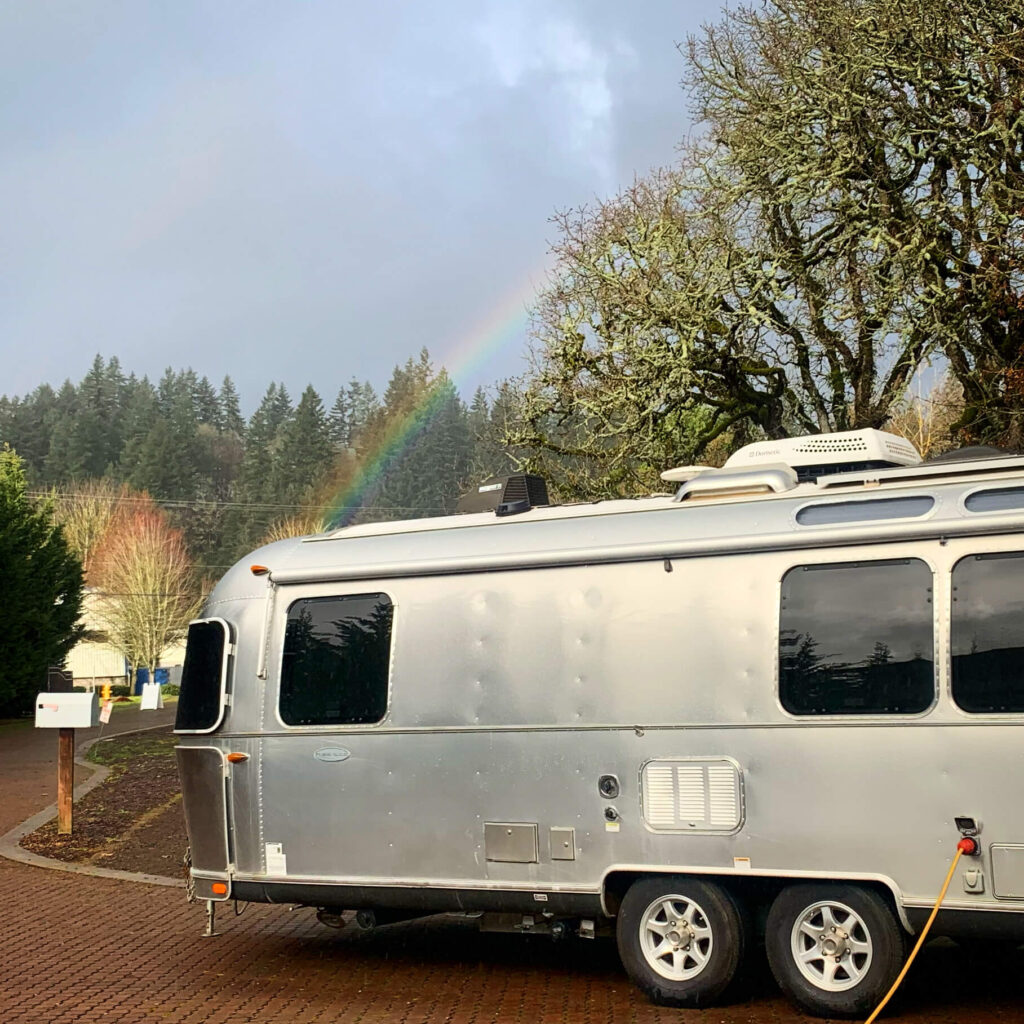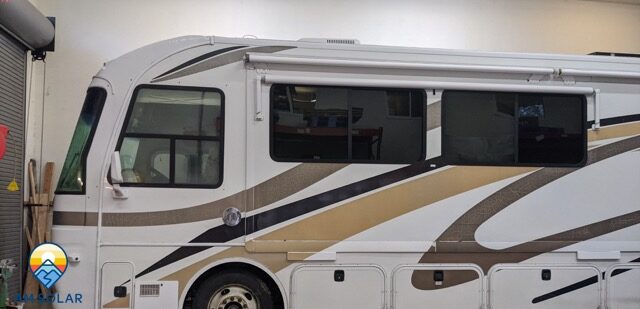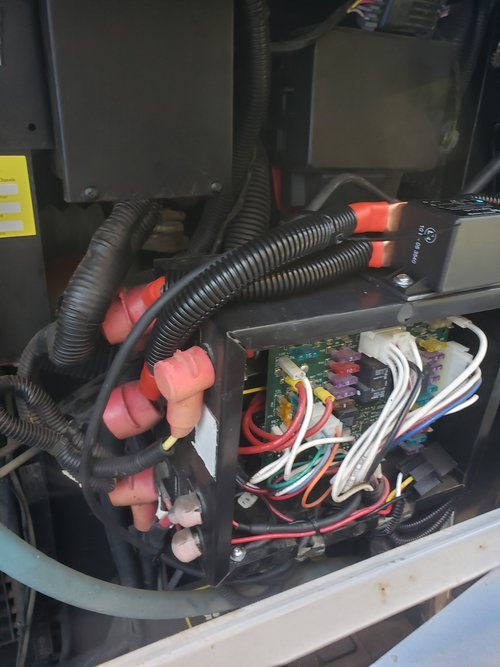
Bi-directional charging is nothing new and neither is the all-so-common boost button. Throw a new set of sleek lithium batteries in the mix, however, and everything that was advertised as “simple” and “drop-In” starts to look complicated.
The reason for this is the built-in complexity a Class A RV brings, as well as the knack manufacturers have for putting small alternators on them. Factory isolators can range from a simple relay like the “big boy” to complex relays tied to circuit boards. The replacements for these range far and wise and only some of them correctly work for lithium, even if they say they do.
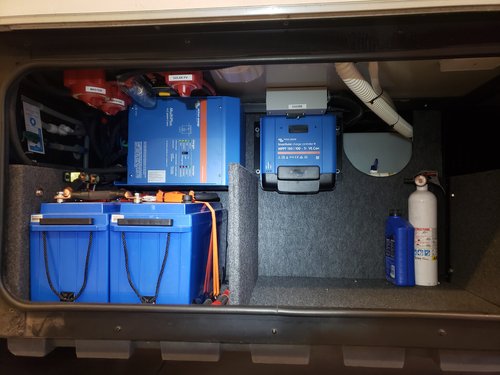
For the simple replacements with high current alternators using “simple” relays, the Victron Cyrix-Li-ct 230A will do the trick. These isolators will usually get lithium batteries up around 50% of full and at a quick rate.
Here is the part that many people miss: Let’s say you have this system all set up and working. In theory, you would never need to charge the batteries because of the bidirectional charging. This isn’t always the case though if you don’t have some sort of charge for the house batteries. If the chassis battery runs too low and the lithium battery bank has also drawn low, you may find yourself needing to boost.
Boosting with lithium house batteries is not the same as boosting with deep-cycle batteries. If you simply boost and try to start the engine right away, you may find that your house batteries have now gone dead. Some batteries will wake back up, but others require assistance to do so. This is because lithium batteries have a much lower max current discharge rate than our old deep-cycle batteries.
When upgrading from AGM to Lithium batteries with an AM Solar install, customers have access to our technical support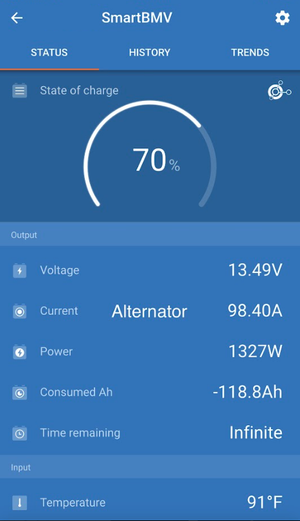 team that will assist them in learning their new system.
team that will assist them in learning their new system.
The way to jump start with lithium takes a little more patience. In the case of the Cyrix-Li-ct 230A, follow these simple steps:
- Push the boost button twice for boost then wait 30 seconds to allow the relay to open again
- Repeat this process at least 5 times to allow some of the current to flow into the chassis battery
- After the sixth cycle, start the engine
This method spreads out the current over time thus mitigating the risk of over-taxing your lithium battery bank.
